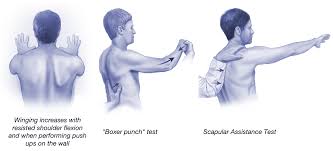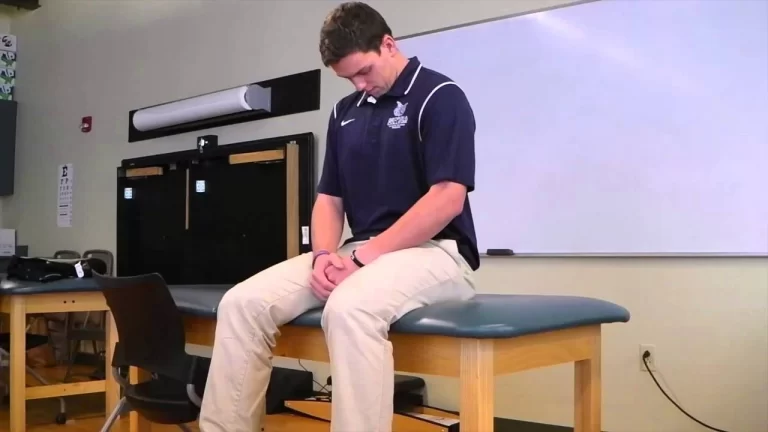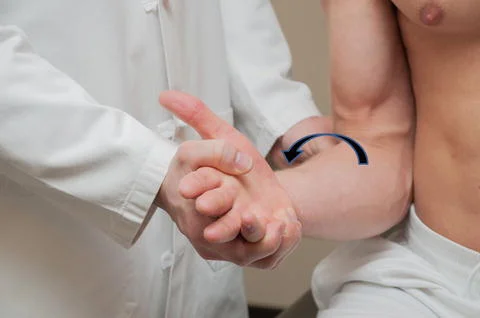Femoral Nerve Tension Test
Table of Contents
Definition
- A Femoral Nerve Tension Test, also famous as a Femoral Nerve StretchTest (FNST), is the test utilized to check for nerve root impingement-related sensitivity to the stretching soft tissue at the dorsal side of the leg. Wasserman first described this in 1919.
- Owing to upper lumbar radiculopathies being less common than lower lumbar radiculopathies, its test is not used as frequently as a Straight Leg Raise (SLR) test, according to the literature.
- It is the measure of mobility of upper lumbar nerve segments as well as it is regarded as an anterior corollary of the straight leg raise.
Purpose
- A purpose of a prone knee bending test is to stress a femoral nerve as well as a mid-lumbar (L2-L4) nerve root with the neural tension test.
- The purpose of a femoral nerve tension test is to determine whether the person is sensitive to stretching soft tissue on the dorsal side of the leg, which may be caused by root impingements.
Clinically Relevant Anatomy
- A Lumbar Plexus is where a femoral nerve originates. The inguinal ligament (superior), the medial border of the Sartorius’s muscle, & the lateral border of the Adductor Longus muscle make up the femoral triangle, which is where the muscles Pectineus, Iliacus, as well as Psoas, are located.
- A femoral nerve is within its triangle. Near the femoral artery & a femoral vein (medially), the femoral nerve is located most laterally.
Technique
- The patient lies prone, & a physical therapist stands on the side that is affected & holds the pelvis in place with one hand to prevent anterior rotation.
- A physical therapist after that maximally flexes the knee to the end range with another hand. The physical therapist moves on to extending the hip while maintaining a knee flexion if there are no positive signs in that position. To find out which nerve is involved, the physical therapist can modify the test position in some ways.
- A Saphenous Nerve bias test involves the prone-lying hip extension, abduction, as well as external rotation with knee flexion, ankle dorsiflexion, as well as eversion, whereas a Lateral Femoral Cutaneous Nerve bias test involves the passive hip extension, adduction, as well as knee flexion.
- Normal reaction: Allowing a heel to touch the buttocks with the knee flexion. The quadriceps is stretched or even pulled in an exercise.
- This test is deemed positive if unilateral pain is felt in a lumbar region, buttocks, posterior thigh, or even any combination of these areas between 80 as well as 100 degrees of knee flexion. Positive findings in the range could indicate the disk herniation affecting the L2, L3, or L4 nerve roots due to the dura being strained between 80 as well as 100 degrees.
- Based on a range of pain, positive findings caused by the disc herniation may be distinguished from quadriceps issues. Quadricep tightness or injury may be a cause of pain that occurs before 80 degrees of knee flexion.
- In addition, when a hip flexes in response to passive knee flexion, if there is tightness, the pelvis rises on a side. As close rectus femoris may likewise create torment in a front thigh, the way playing out this test on the two sides as well as looking at the symptoms is significant.
FAQs
Procedure. A patient is placed in a prone position, the knee is passively flexed toward the thigh, and the hip is passively extended (reverse Lasegues) in order to carry out a femoral nerve stretch test. If the patient experiences pain in the anterior thigh, the test is positive.
The patient lies prone with the knee bent during the femoral nerve stretch test. When the patient experiences anterior thigh pain, the test is positive.
Standing with one knee bent and one foot on a chair in the back. Lunge slightly forward into hip extension while tucking your bottom under. When you feel a gentle stretch, you can intensify the stretch by slowly curling your head and upper back down for a few seconds and then repeating.
Purpose. As part of a neurodynamic assessment or to check for peripheral nerve compression, these tension tests are carried out. The primary purpose of a ULTT is to examine cervical radiculopathy. These tests can be used for both diagnosis and treatment.
The fundamental side effects of femoral neuropathy are tormented, consumption, shivering, and decreased sensations or deadness in the leg. Additionally, you might feel weak in the affected leg. It might buckle out of nowhere, or you might have trouble climbing a flight of stairs.
A positive straight leg raising test results from gluteal or leg torment by detached straight leg flexion with the knee in expansion. It could be linked to irritation of the nerve roots and possible entrapment, which would cause less nerve movement.





